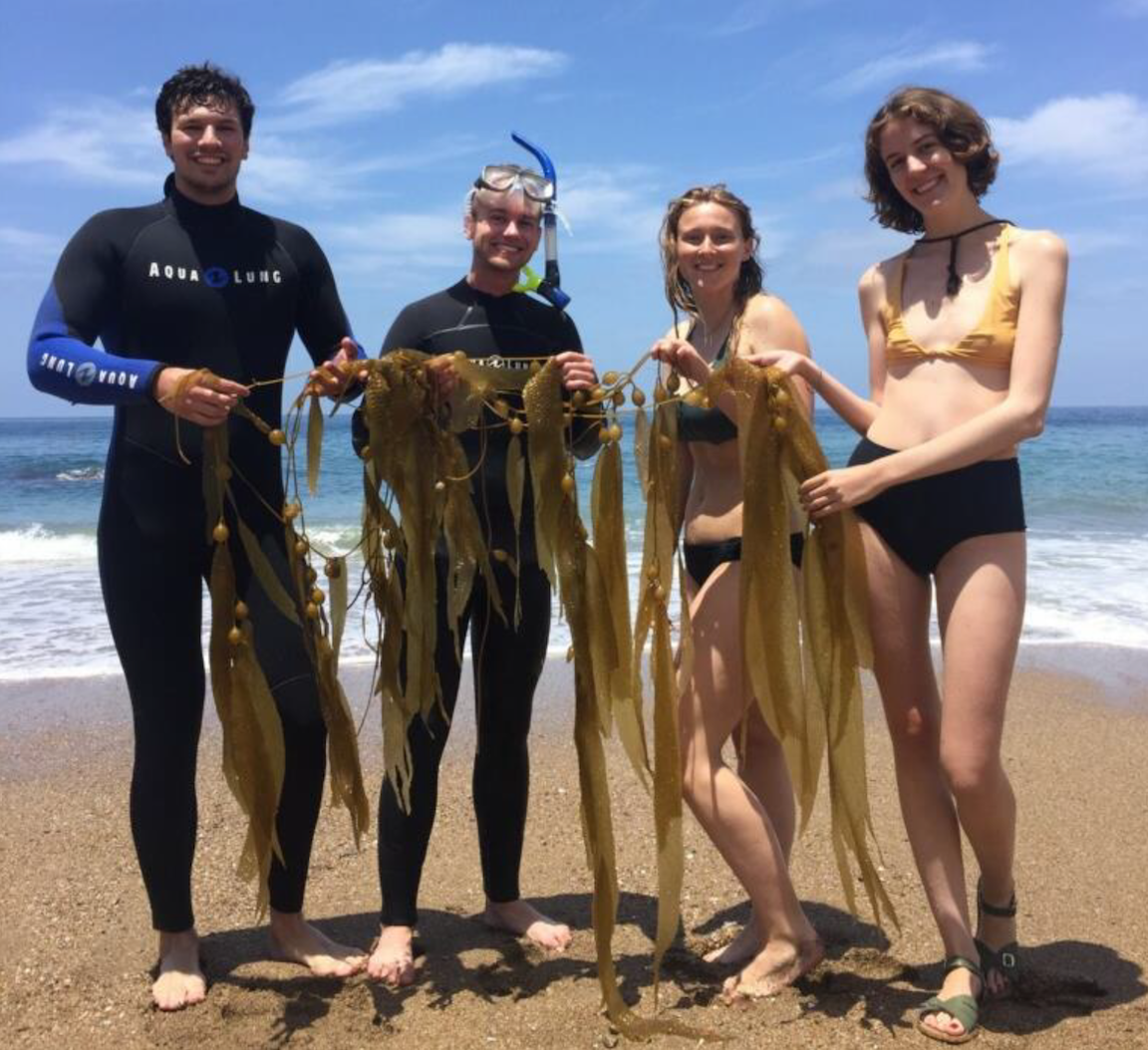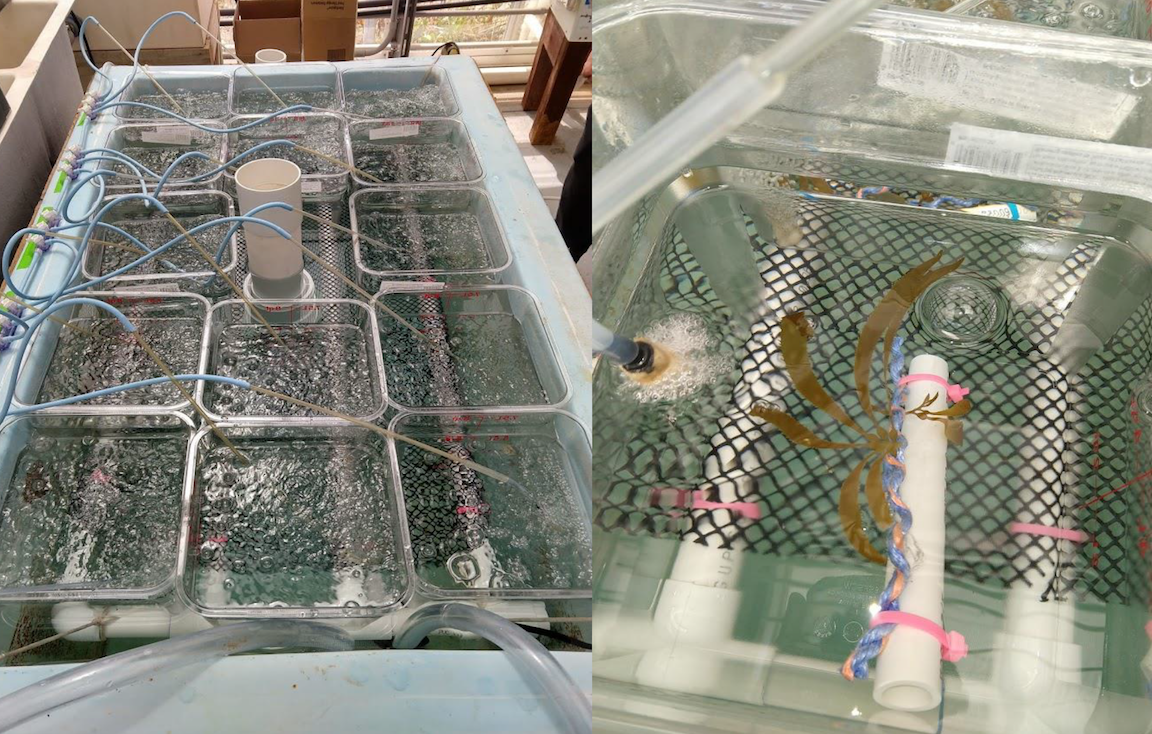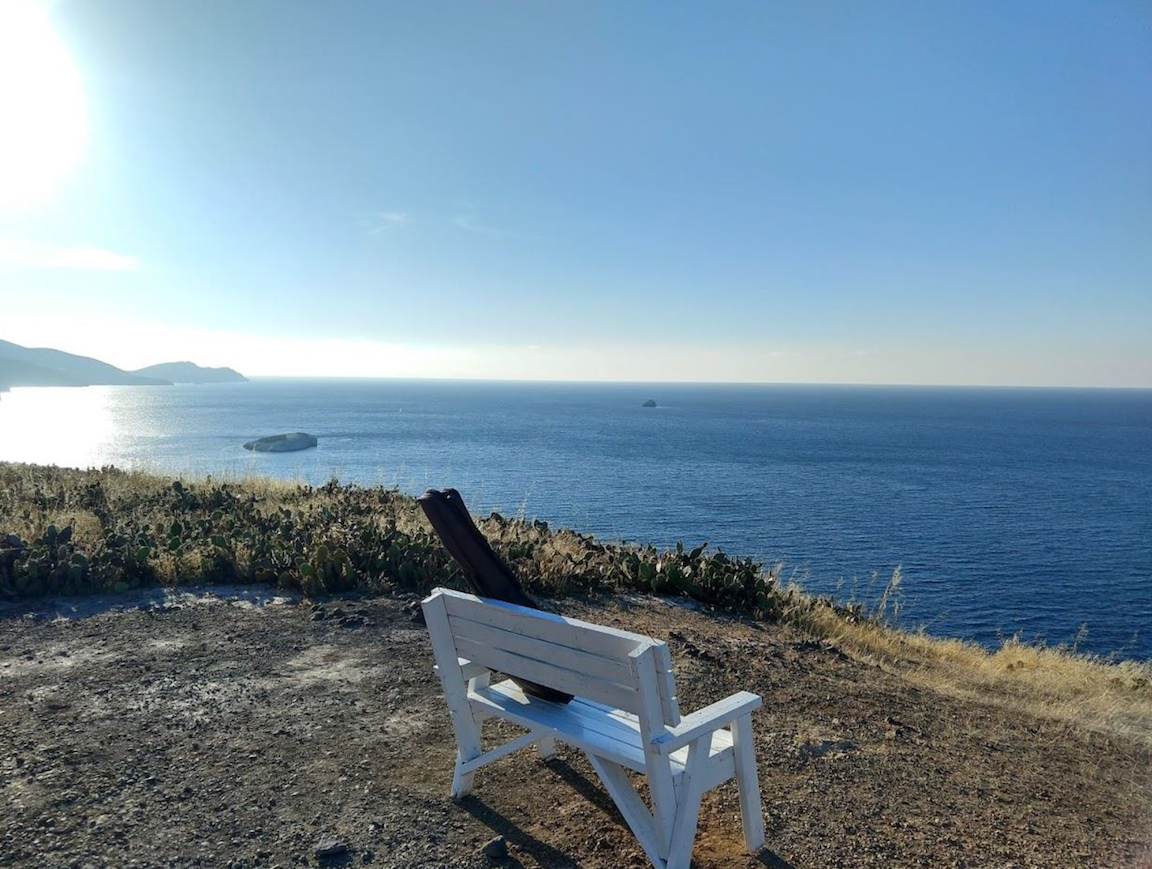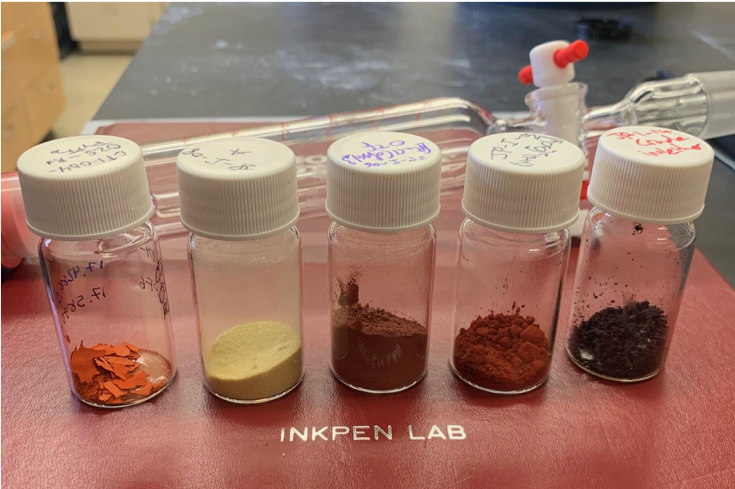By: Jose Diesel
Hello everyone! I’m Jose Diesel, a second-year Ph.D. student and part of the Kelp Team in the Nuzhdin lab at the University of Southern California. Our team is working towards Giant Kelp domestication and open ocean farming, which includes several steps, from genetic analyses to the development of new farming techniques. This summer on Catalina I’ll be taking a small step towards employing the use of plant hormones to reduce hatchery time and outplant kelp faster, as well as the production of morphological changes that might be beneficial for growing kelp in the open ocean.
It is interesting to note that seaweeds are very distant from land plants. In fact, humans are more related to fungi than kelp is to any plant. For this reason, I was surprised to read papers indicating that seaweeds have similar genes controlling hormonal pathways to plants. Furthermore, biochemical analyses also show chemical compounds analogous to such hormones. In agriculture, plant hormones are widely used, integrating physiological principles of development to modify plant morphology to better suit the market. Our team’s idea was to identify if commonly used plant hormones can also affect Giant Kelp’s morphology in a beneficial way to open ocean farming.
The first part of the experiment I am running on the island this summer includes collecting the Giant Kelp I will use. For that, part of our group made a beautiful drive to Parsons Landing and snorkeled in the bluest water. These kelp are now staying in what I like to call a kelp spa: a setup I made to maintain kelp in a water bath at 15 degrees Celsius, with bubblers and good kelp food. There the kelp will grow with different hormonal conditions, and morphology and growth will be measured two times a week. By the end of this period, genes that were activated or silenced by the hormones will be assessed by doing transcriptional analyses.
One of the best parts about working on the island is that, after a long day of work, I can take a few minutes of each day to do a short hike. I usually go up to a hill behind the facilities, where there is a bench to sit and a beautiful view to see. I take my guitar and play some songs while watching the sunset. I can even sing a bit since there’s usually no one around to listen.





